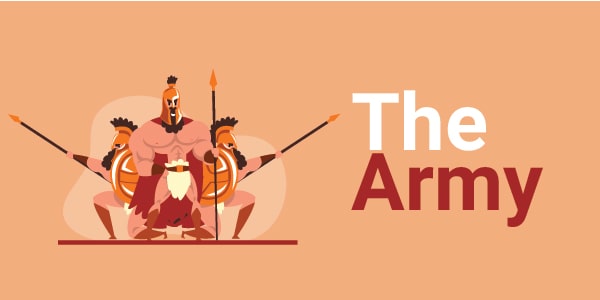Whether your earliest memories of tents is a damp holiday under canvas snuggled up in your sleeping bag listening to the rain, or a sheet slung over a clothes airer in the lounge, there is something about tents that brings out the nostalgia in all of us.
While the humble tent as we now know it has seen some remarkable advances in both design and materials over the last couple of decades, the history of the tent is a long and rather illustrious one. After all, a tent is one of the must have essentials for camping.

The First Tents
Tents, in one form or another, have been around for thousands of years, so it is difficult to say exactly when the first ones came into existence.
There is archaeological evidence to suggest that as far back as 40,000 BC tents were being used in Russia.
Carbon dating tests carried out on recently found remains back this up.
These tents used large animal bones and hides to create a tent structure with, large tusks creating a rudimentary doorway.
There is also some evidence to suggest that wooden supports were also used.
There are also mentions of tents in historical texts, the bible for example contains some detailed descriptions of a basic tent (Isaiah 54:2.) “Enlarge the place of your tent and let them stretch forth the curtains of your habitations: spare not, lengthen your cords, and strengthen your stakes.”
For roughly the first 50,000 years of history the tent would have taken this form and was one of the main forms of habitation for many people, before they began to rely on more permanent forms of construction to create their dwellings.

What came next?
These very first tents were all very well.
They offered a form of shelter which helped protect against the elements but little more.
They were certainly not a portable entity and because early man needed to hunt for food in order to stay alive this meant moving around as the animals moved in order to stay alive.
By around 450 BC, hunters were more aware of the migration of the animals they hunted and the seasonal flow of the water systems, and more portable dwellings came into being.
The Yurt and the Teepee offered something that the animal bone and hide tents couldn’t; and that was greater portability.
It is perhaps testament to their design and creation that both these styles of tent, while having undergone extensive changes over the years, still exist.
Even when people began to create rudimentary permanent dwellings for themselves, there were peoples who continued living in these types of tents – and still do to this day.

The Army
For the army on the move, tents represented the most practical habitation solution.
The Roman army are known to have used tents extensively for their troops as they moved across Europe adding to the Roman empire.
Their tents were usually made of goat or calf skin, and always placed in a formation that included larger individual tents for higher ranking officers and tents which housed between 8 – 10 foot soldiers.
Placement of the tents was important, with tents for lower ranking soldiers placed close together with stakes overlapping to help create a barrier protecting the camp.
During the American Revolution, tents were used by the American soldiers in their fight against the British.
They made their tents from hemp which was incredibly durable.
The American Civil War saw the introduction of larger marquee style tents which were used for meetings between generals, around the same time soldiers’ tents became smaller.

Tents for Leisure
Towards the beginning of the 19th century, large tents became a part of the travelling circus, protecting audiences and performers from the elements and therefore making the circus profitable for longer during the year.
Whilst these giant tents required considerable manpower to erect, they followed the same principles as those used by the Roman soldiers, with pole placement and tautness of ropes playing an integral part in their safety.
The idea of camping as we know it today did not really become popular until the first half of the 20th century, when Americans found themselves with more leisure time on their hands.
In August 1907, a group of 20 boys travelled to Brownsea Island where they took part in Lord Baden-Powell’s experimental camp and the Scouting movement, who were heavily involved in camping, took off.
In the last couple of decades, the tent as we know it has seen a huge number of innovative changes which have revolutionised camping and tents, boosting its popularity with a much wider audience. If you have enjoyed this, why not check out a plotted history of camping.

